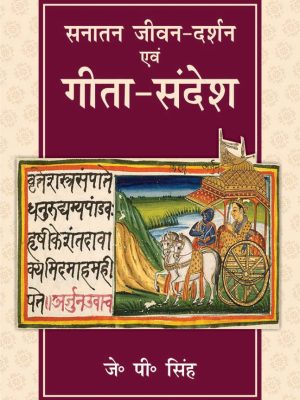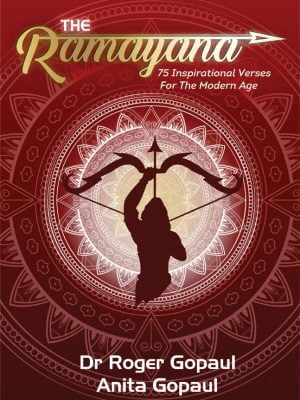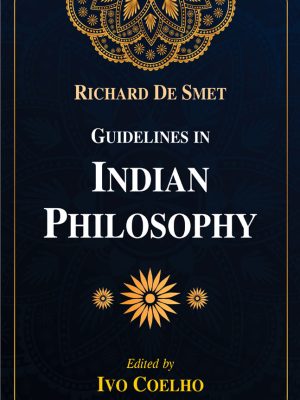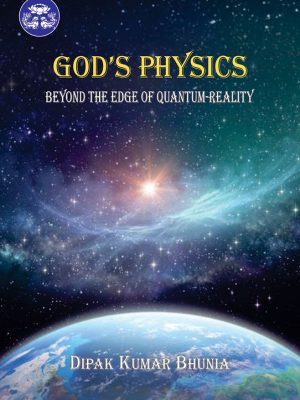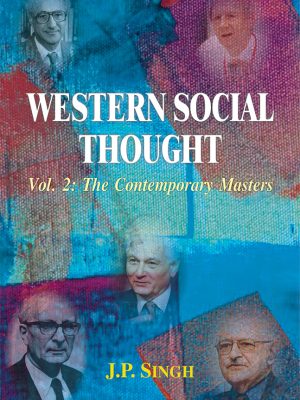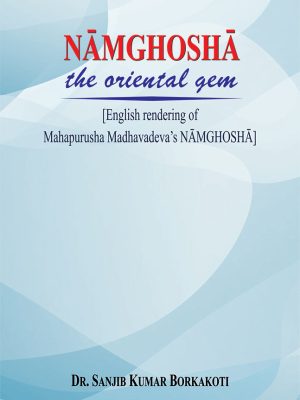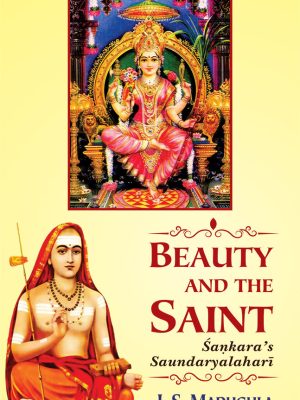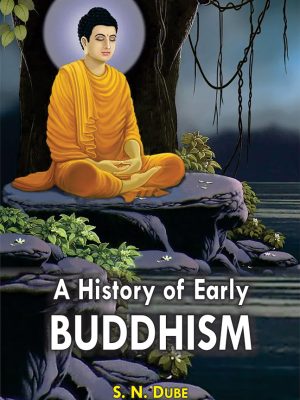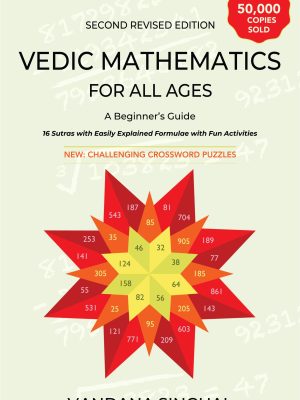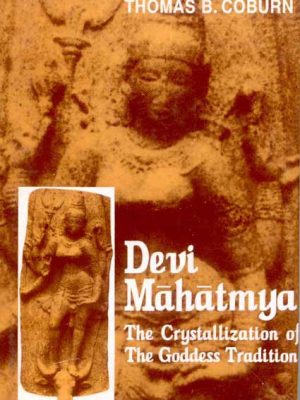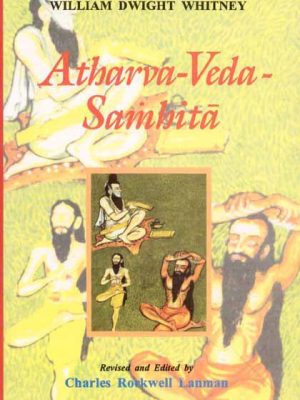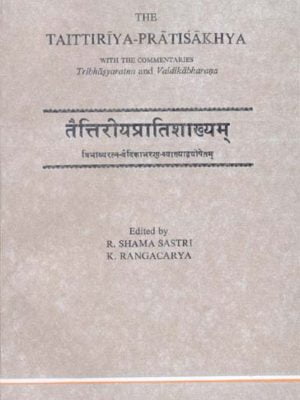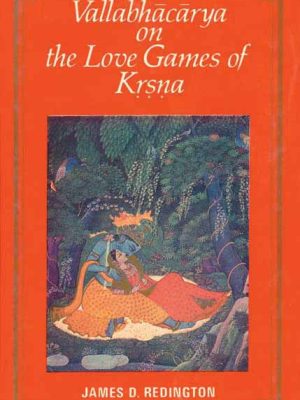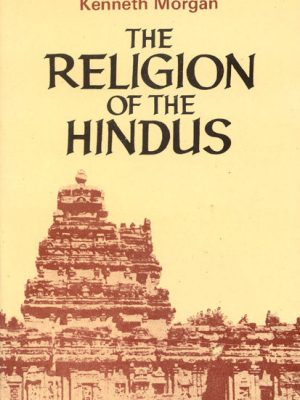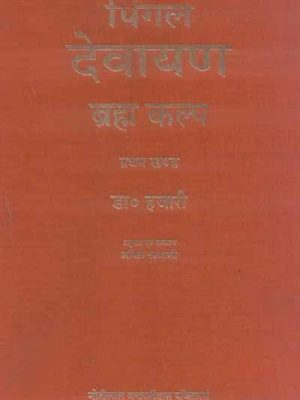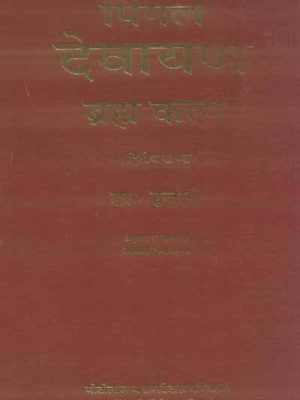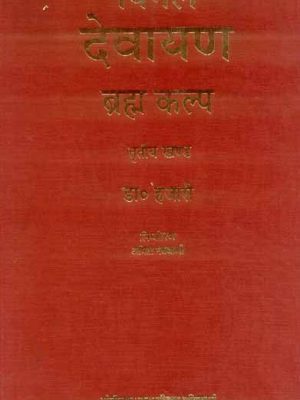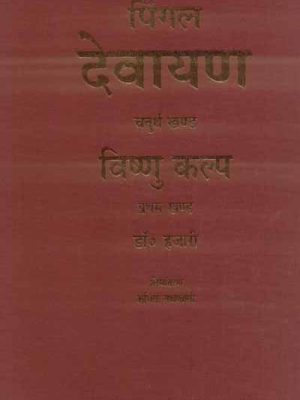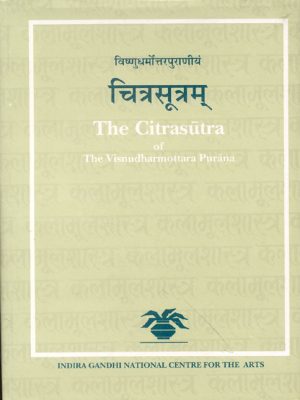-
-
-
-
Devi Mahatmya: The Crystallization of the Goddes Tradition
Devi Mahatmya: The Crystallization of the Goddes Tradition
Both worshippers and academics of the Indian Great Goddess know the Devi-Mahatmya. It’s the earliest Sanskrit narrative of the Goddess and remains fundamental to the Goddess (Sakta) tradition. Like much in that tradition, the book eluded historical examination until today.
The central task here is to explore how an anonymous Sanskrit text
articulates a view of ultimate reality as feminine when there is virtually
no precedent in the Sanskrit tradition for such a view. To accomplish this
task, an appropriate method of scriptural analysis is developed. This
involves an examination of Hindu understanding of the Puranas in general,
and of the Devi Mahatmya in particular, along with consideration of several recent scholarly discussions, in india and elsewhere. Subsequently, a comprehensive inquiry into the Goddess’s epithets in this text is undertaken, followed by examination of the earlier history of the myths that the Devi-Mahatmya associates with her. The study culminates in
translations of the text’s hymns, which are annotated so as to indicate the
synthesis that is here being accomplished. The resulting illumination of
Sanskritized form of Goddess worship is what Daniel H.H. Ingalls calls in
his Foreword “a notable scholarly achievement”
Authored by
Thomas B. Coburn
About the author
Thomas B. Coburn is currently serving as the Charles A. Dana Professor of Religious Studies and has accumulated a significant number of scholarly works.
₹695.00 -
Atharva-Veda-Samhita (2 Vols.)
Atharva-Veda-Samhita
‘the Atharvan Veda’ or ‘the Magic Formula Knowledge.’ For ethnologists and religious historians alike, the Atharva-veda Samhita holds great significance because it is a treasure trove of information about ancient Indian popular beliefs, such as the belief in countless spirits, imps, ghosts, and demonic entities of all shapes and sizes, as well as the practise of witchcraft. There are critical notes on the text and readings of Paippalada of Kashmere version provided by the late Professor Rothfurter, as well as notices of similar passages in all other Vedic texts and data from Hindu scholars regarding authorship, divinity, and metre for each verse, as well as references to anciallary literat. This work includes all these things.
About the Author(s)
₹1,495.00Atharva-Veda-Samhita (2 Vols.)
₹1,495.00 -
Taittiriya Pratisakhya
Taittiriya Pratisakhya
It was an innovative piece of work, and it should have been reviewed with that mindset in mind. According to Renou (1969), Bohtlingk’s version of the Astadhyayi was believed to be the standard edition in Europe. This information comes from the author. It was the cause of something that might be termed a “revolution” in linguistic thought, and it was accountable for this revolution in both Indo-European linguistics and general linguistics. The study of the history of Indo-European languages was sparked in part by the analysis of Sanskrit grammar, which served as a stimulant for the subject. It was the first time in the history of linguistics that it was understood that a word could be cleanly split down into root, stem-forming suffix, and desinence. [Citation needed] [Citation needed] The Bohtlingk edition was the first one to become widely accepted as the norm, and it remained so until more recent versions were published that included more in-depth exegetical interpretations.
About the Author(s)
William Dwight Whitney
₹495.00Taittiriya Pratisakhya
₹495.00 -
Vallabhacarya on the Love Games of Krsna
Vallabhacarya on the Love Games of Krsna
Vallabhacarya on the Love Games of Krsna this book provides a translation of a classic commentary on the six chapters of Book 10 of the Bhagavata Purana that chronicle Krsna’s love games with the Gopis. The original commentary was written in Sanskrit, and this book includes a translation of the Sanskrit text. The commentary is known as the Subodhini of Saint Vallabhacarya, who was the originator of the tradition. It begins with an explanation of Vallabhacarya’s essential viewpoints on the love games, which can be found in the introduction.
About the Author(s)
James D. Redington
₹795.00 -
The Religion of the Hindus
The Religion of the Hindus
The Religion of the Hindus concepts of samsara, which refer to the never-ending cycle of life, death, and rebirth, and karma are central to the Hindu worldview (the universal law of cause and effect). “Atman,” which translates to “soul,” is one of the most fundamental concepts in Hinduism. According to this school of thought, all living things possess a soul, and together, these souls make up the one, ultimate soul. The term “Hindu” is really an exonym, and despite the fact that Hinduism is considered to be the oldest religion in the world, many Hindu adherents refer to their faith as “Santana Dharma.” A Hindu classic reprinted. Essays about Hinduism and ritual by ardent Hindus. An intro.
Authored by
Kenneth W. Morgan
About the Author(s)
KENNETH W. MORGAN lived in Ramakrishna Mission Ashrams in India. He served
as Director of Chapel House and of the Found for the study of World
Religions. He became Professor of Religion, Emeritus, at Colgate University
in 1974.
₹295.00The Religion of the Hindus
₹295.00 -
Pingal Devayan (Vol. 1): Brahma Kalpa (Vol. 1)
Pingal Devayan (Vol. 1): Brahma Kalpa (Vol. 1)
The first volume contains coverage of five different mandalas (books). Pingal Devayan (Vol. 1): Brahma Kalpa (Vol. 1) The Book of the Gods (the Book of the Deva), the Book of the Sages (the Book of the Rishi), the Book of Sacrifice (the Book of Yagna), the Book of Divine Powers (the Book of Biti), and the Book of Pragatha (son of Rishi Kanwa). In Deva Mandala, the manifestation of the epic, the beginning of creation, the births of gods and demons, their battles, the birth of Satyadev, the God of Truth, and the formation of the Time Wheel are all described. In the Rishi Mandala, the life of the sage Vashishta and the devastation caused by the sage Vishwamitra are both recounted in detail. It also discusses the activities of the shadowy powers of the night, known as Nakta, as well as the formation of the psychic entity known as Bitihotra. The Yagna Mandala tells the story of how the wise people asked Agni, the god of fire, for assistance in initiating a sacred sacrifice to call forth Satyadev, the god of truth, who had vanished from the world because of the influence of evil forces. These chants are hymns to the mystic fire, and their purpose is to restore truth to the process of creation. The Biti Mandala is a narrative that describes the capabilities of the celestial deities as well as the cleansing that the Bitihotra provides (psychic being). Following the completion of the cleansing process, the psychic being will identify with the Truth. This takes place in the presence of the holy trinity, which consists of Brahma, Vishnu, and Maheshwara, as well as other godheads, sages, and the four divine energies, which are known as Maheshwari, Mahakali, Mahalakshmi, and Saraswati. The Pragatha Mandala provides an account of Kanwa rishi’s family as well as the union of Pragatha, Kanwa’s son, and Gathini. They are Kali, the goddess of the Iron Age, who sprang from their offspring. The book goes into great depth about Kali’s upbringing and the events that lead to his becoming an anti-god. The tale of the birth of Trita and Dwita, sons of Rishi Aptya, who would limit the impact of Kali in Satyadev’s absence is also featured. Trita and Dwita would do this during.
Author
Dr. Hazari
₹995.00 -
Pingal Devayan (Vol. 2): Brahma Kalpa (Vol. 2)
Pingal Devayan (Vol. 2): Brahma Kalpa (Vol. 2)
India, the beginning of each new era is traditionally marked by the composition of an epic. The history makes this quite clear. Pingal Devayan (Vol. 2): Brahma Kalpa (Vol. 2) The Ramayana was written down at the time before the transition from the Silver Age to the Bronze Age. Before the end of the Bronze Age and the beginning of the Iron Age, the Mahabharata was written. Now that the Iron Age is drawing to a close and the Golden Age is getting closer, a new epic known as Devayan has begun to take shape. In contrast to the previous two epics, Devayan does not only inform us of the impending arrival of the Golden Age. In its place, it provides an account of the whole of the human cycle, which spans 26,000 years and encompasses the Golden, Silver, Bronze, and Iron Ages. It is written in the Anusthupa metre, which is the traditional Indian epic metre, and comprises of thirty-two books that are each split into twelve volumes. Each volume has one thousand pages. It covers the “beginning and the creation of the cosmos,” as well as the whole of the history of the globe throughout the four eras, up to and including the Golden Age that is about to begin. This is the era of the supramental awareness that Sri Aurobindo envisioned while he was writing. In the future, man will develop into a creature with an entirely different and divine awareness that is founded on the teachings presented in the Vedas. The venerable Indian custom is being practised today.
Author
Dr. Hazari
₹995.00 -
Pingal Devayan (Vol. 3): Brahma Kalpa (Vol. 3)
Pingal Devayan (Vol. 3): Brahma Kalpa (Vol. 3)
The Vijnanavadins have always been understood to have the belief that there is an Absolute. Pingal Devayan (Vol. 3): Brahma Kalpa (Vol. 3) thomas Wood conducts an investigation to determine the accuracy of the characterisation to what degree it applies. Dr. Wood reveals that the philosophical ideas of the Vijnanavadins were in reality equivocal, and in some instances even inconsistent, by conducting an in-depth investigation of several of the Vijnanavadins’ most important literature. This monograph is targeted primarily toward scholars of Indian philosophy and religion who have an interest in the schools of Mahayana Buddhism and in its doctrinal relation to Vedanta. However, due to its treatment of philosophical topics of universal interest, such as idealism, solipsism, and the nature of the inference to other minds, it is also of interest to Western and comparative scholars.
Author
Dr. Hazari
₹1,500.00 -
Pingal Devayan (Vol. 4): Vishnu Kalpa (Vol. 1)
Pingal Devayan (Vol. 4): Vishnu Kalpa (Vol. 1)
The Milinda Panha is a notable piece of Buddhist literature that was most likely produced in the first century before the common era. There is solid explanation for this. It offers Buddhist philosophy in a style that is exceedingly appealing and easy to remember in the form of a conversation between a Bactrian Greek monarch named Milinda, who plays the role of the “Devil’s Advocate,” and a Buddhist teacher named Nagasena. The majority of the issues that are often posed by Westerners are addressed, such as “If there is no soul, what is it that is reborn?” and “If there is no soul, who is talking to you now?” The themes that are discussed encompass most of these concerns. This masterwork of Buddhist literature is presented in a manner more suitable for modern readers thanks to this abridgement. The introduction provides a summary of the historical context in which the discussions took place, highlighting the collision of two significant cultures: that of ancient Greece, on the one hand, and the Buddhism of the Indus valley, which was a legacy left by the great Emperor Asoka, on the other. It is intended that the readers would be encouraged to read more from the translations of the Pali texts by the inclusion of suitable references, a glossary, an index, and a list of Pali quotes.
Author
Dr. Hazari
₹3,000.00 -
Citrasutra of the Visnudharmottara Purana
Citrasutra of the Visnudharmottara Purana
“It Has Been Beautiful Produced……. Citrasutra of the Visnudharmottara Purana the Book Presents Intersting Readings as It Includes all the Information Given By The Previous Scholars And Other Texts Regarding the Use And Interpretation Of Technical Terms,Techniques Of Painting And Its Classification.The Author Has Been Successful In The Task She Sets Before Herself To Present A Thoughtful Interpretation Of A Text And The Underlying Aesthetic Theory Of Indian Art And Its Relevance Today.
The author contends that these pieces only make sense when placed inside a framework, which must by definition be contingent, which runs counter to the conventional wisdom that the past may be accessed by us in an unmediated manner via the sacred parts of the texts.
The Citrasutra, which is made up of nine adhyayas or chapters and can be found in the third khanda of the Visnudharmottara Purana, is presented as a work that has been “discovered” and interpreted in a variety of ways in the introduction. As a consequence of this, it has a lengthy history of interpretation that has been contributed to by some of the most influential art historians of the 20th century, such as A. K. Coomaraswamy, Stella Kramrisch, and C. Sivaramamurti. The concerns of art historians, which are bound up with themes of Indian identity and the building of an authentic past, are the source of the interest in the book. This has sparked interest in the work.
Author
PARUL DAVE MUKHERJI
₹1,495.00
